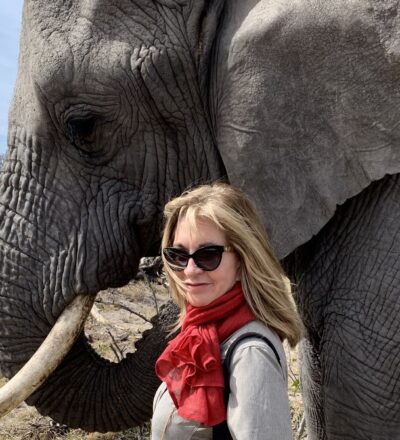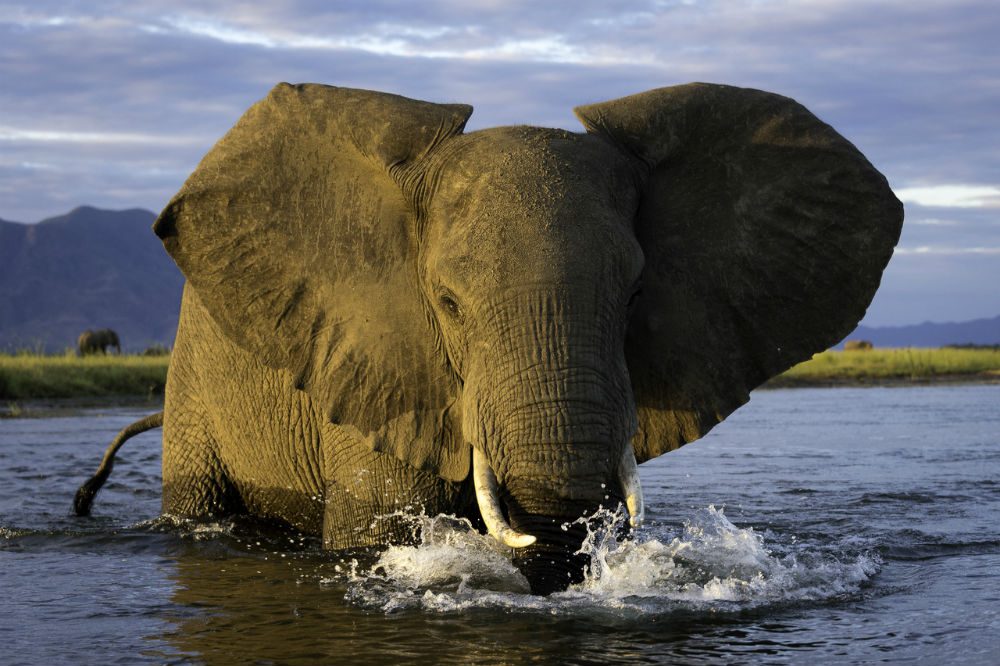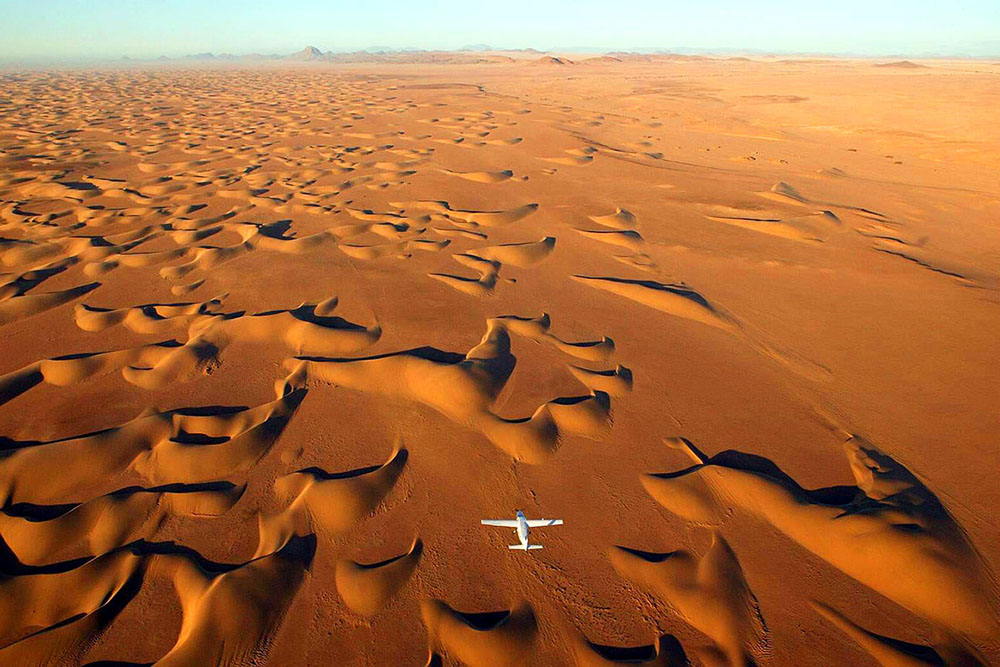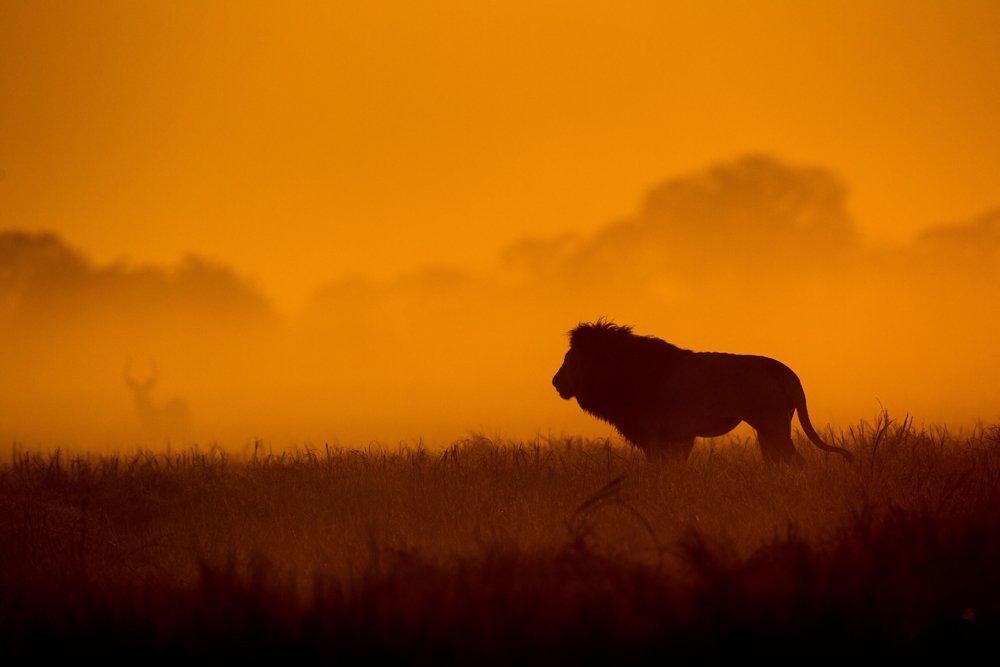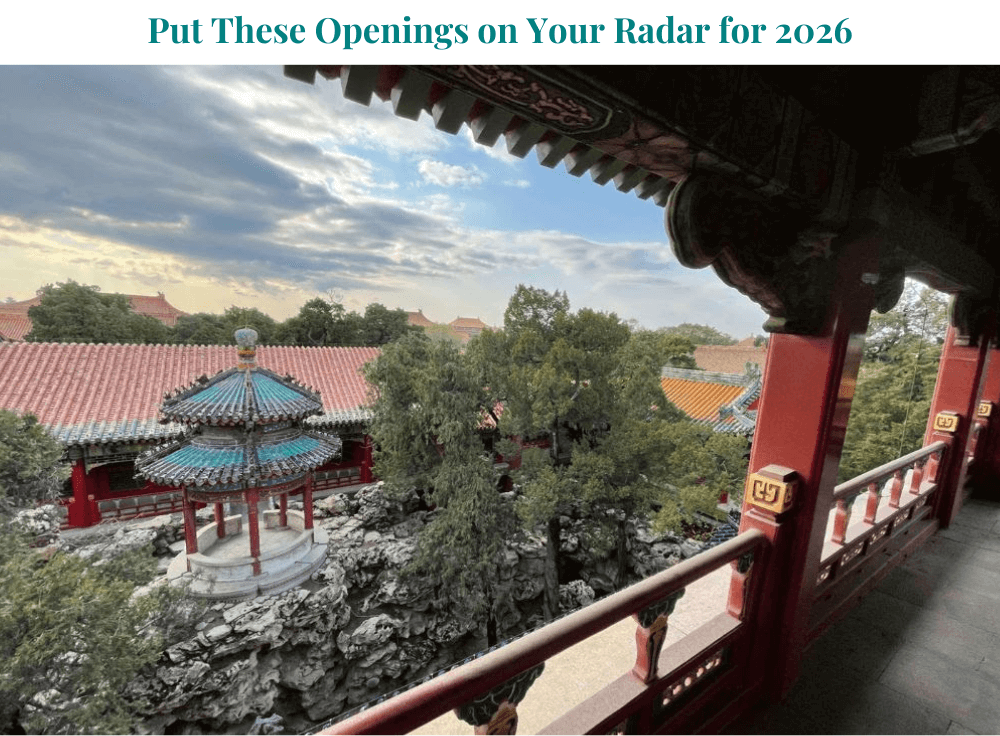Insider’s Guide to Madagascar: An Island Like No Other
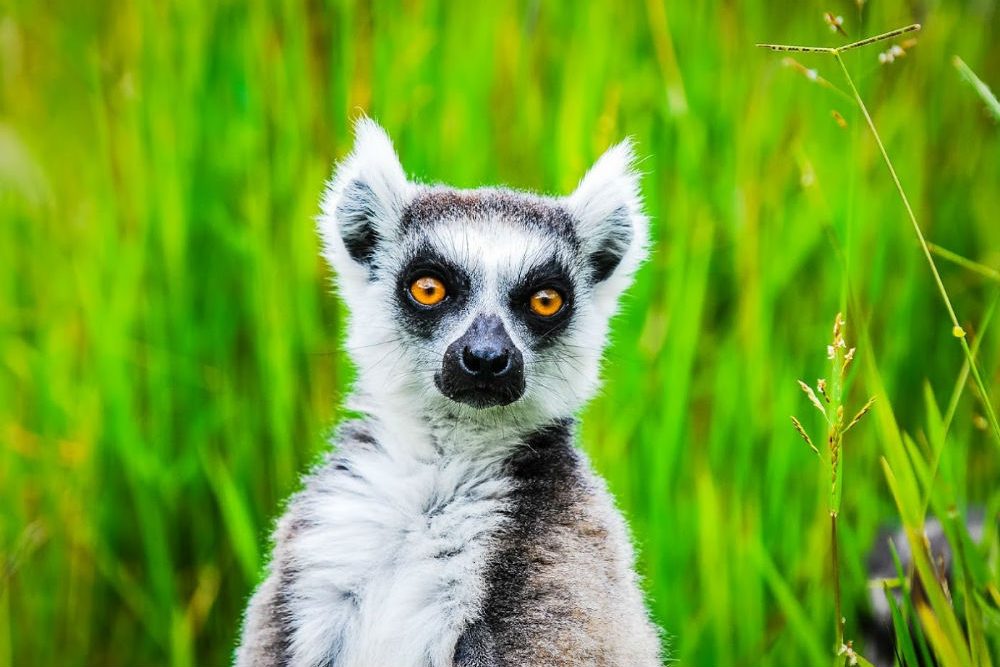 The ring-tailed lemur is Madagascar's most famous species, but there's lots more wildlife to see.
The ring-tailed lemur is Madagascar's most famous species, but there's lots more wildlife to see.
The insider advice on this page is from two of Wendy’s Trusted Travel Experts for African safaris: Cherri Briggs and Katie McDonough of EXPLORE, Inc.
Cherri has spent more than 30 years combing the African continent to create unique travel experiences: canoeing the Zambezi; galloping on horseback with zebra and giraffe across the Okavango Delta; scuba diving off Mozambique; exploring the remote corners of Ethiopia, Gabon, Madagascar, Cameroon, and the Congo Basin. For the last two decades, while Cherri’s out exploring she’s entrusted Katie to head up their Colorado office. Together they help both private travelers and small groups get exceptional value out of wildlife-rich, conservation-minded trips to Southern and East Africa. Cherri and Katie know the managers, rangers, and trackers at the best camps and lodges, and they orchestrate everything from light-plane transfers to village visits to ensure that your trip runs smoothly.
What to See and Do
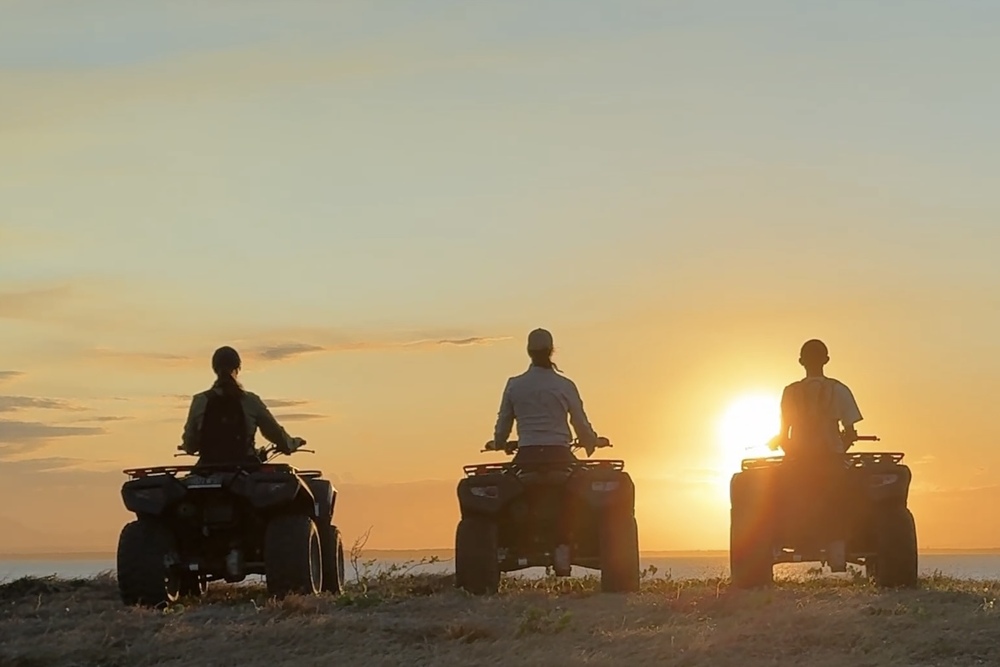
Quad biking is one of many activities on offer at Miavana, a private-island resort. Photo: Katie McDonough / EXPLORE, Inc.
Most underrated places
Namoroka Tsingy Camp is one of Madagascar’s most remote and least-visited spots, offering true wilderness in Tsingy de Namoroka National Park. Reaching it takes serious effort, but total isolation and raw adventure make it absolutely worthwhile. Built into limestone formations, this new camp reflects the environment in which it is built. Activities include wildlife walks, park hikes, caving expeditions uncovering fossils of extinct species, and rare cultural experiences like Moraingy boxing. With no crowds and no infrastructure, this is pure, untouched Madagascar.
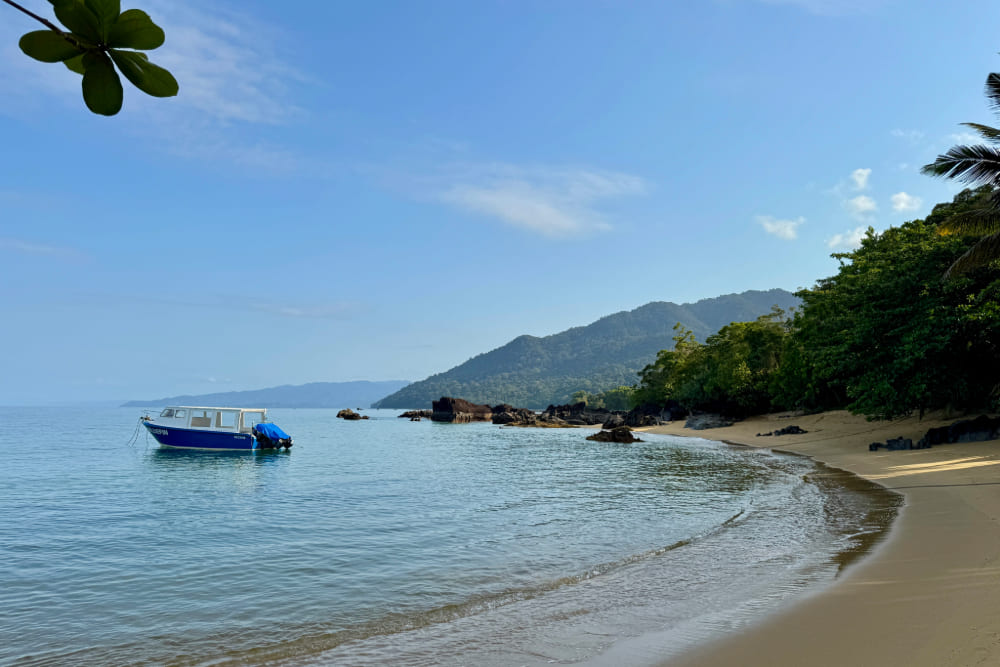
You can have a palm-fringed beach all to yourself in Masoala National Park. Photo: Melissa Mickelson
Masoala National Park is a treasure, perfect for nature lovers seeking pristine primary rainforest, insanely pure beaches, and prolific marine wildlife. It has it all, without the crowds. Activities include guided forest walks, kayaking, snorkeling, river canoeing, sunset sails on dugout canoes, cultural visits, and whale watching.
Mandrare River Camp is undiscovered and as authentic as it gets. Highlights here are cultural performances by warm residents of the region, local wrestling matches, kayaking across the river to visit ancient burial sites, and guided hikes to the rare spiny forest for finding endemic species of lemurs.
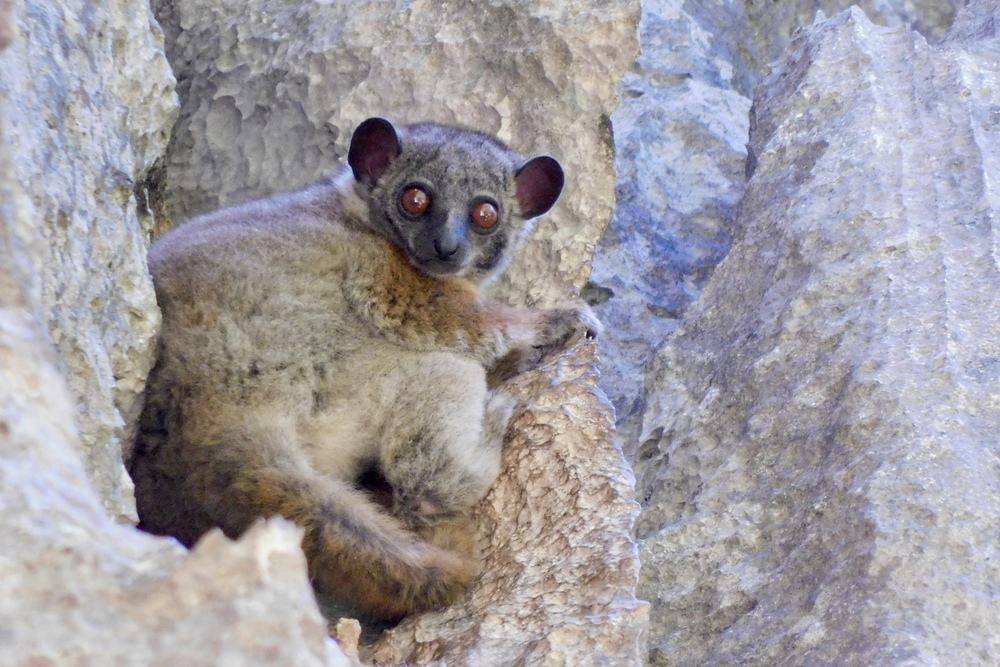
A sportive lemur in Tsingy de Namoroka National Park. Photo: Katie McDonough / EXPLORE, Inc.
Tucked away on Madagascar’s rugged east coast, Voaara is the kind of place that rewards those who stray from the beaten path. Around this lodge, lush rainforests spill into the Indian Ocean, creating a spectacular meeting point between land and sea. The area is known for crystal-clear calm waters and stunningly empty beaches. Venture inland to discover cascading waterfalls hidden deep in the jungle, or take a traditional canoe along winding rivers lined with towering pandanus trees.
Most overrated places
Berenty, in the far south, is known for its ring-tailed lemurs and dancing sifakas, but it’s a highly contrived environment and a no-go for conservationists: Many of the lemur species aren’t indigenous to the area and are fed like zoo animals to create a profitable tourism experience.
Avenue of the Baobabs is Madagascar’s most photographed landmark, but its popularity means crowds, souvenir stalls, and a less authentic experience. The setting is undeniably beautiful, but its once-remote feel has been diminished by the steady stream of tourists, drones, and staged photo ops. For a more soulful baobab experience, head deeper into western Madagascar—these majestic trees are everywhere, and you can find your own private grove without the fanfare.
Hidden gems
The Fondation H contemporary art gallery. In a historic building in the center of the capital, this new space is intended to be a place of creation and dialogue for artists from Madagascar, Africa, and its diasporas. Combine a visit here with a walking tour of Antananarivo guided by one of Cherri and Katie’s local experts, and end your day with a superb meal at the Museum of Photography. It’s filled with old photographs and in-depth descriptions about the history and culture of Madagascar, and the superb café has a great view of the city.
Cheap thrill
Skip the overcrowded, tourist-heavy whale shark snorkeling tours and spend a day with the Madagascar Whale Shark Project instead. You’ll help researchers track and identify these gentle giants, contributing to sustainable tourism while swimming alongside some of the ocean’s most magnificent creatures. Conservation with a side of adventure—a win-win.
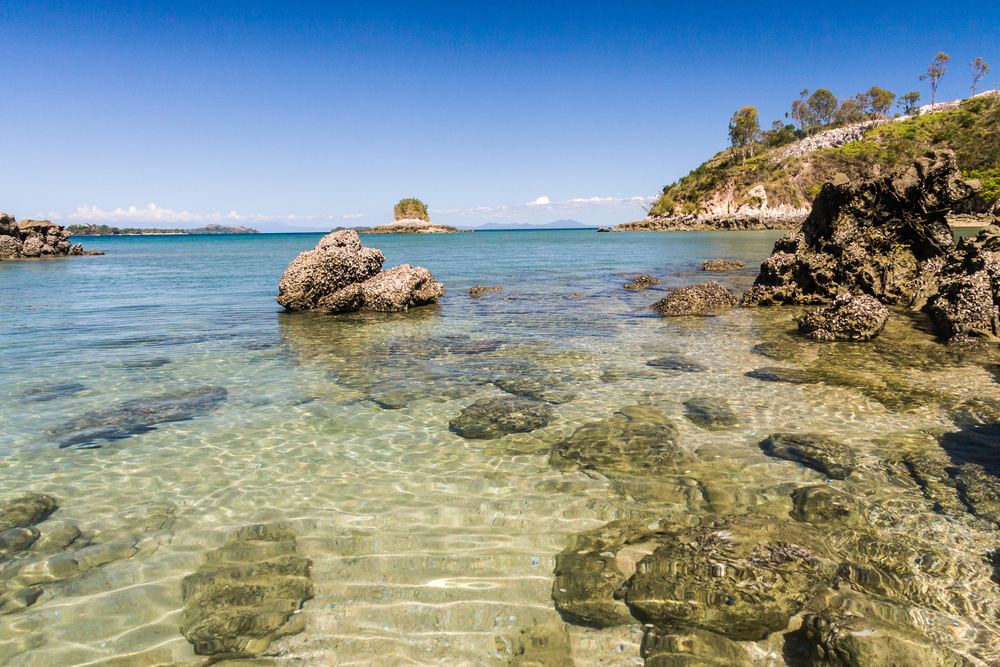
Rocky beach of Nosy Be island, Madagascar. Photo: Shutterstock
How to spend a lazy Sunday
From July to October, see a Hira Gasy show in Tana (shorthand for Antananarivo). A musical tradition, particularly among the Merina ethnic group of the highland regions around the capital, it’s a daylong spectacle of music, dance, and kabary oratory, performed by troupes typically related by blood or marriage, and it’s free for anyone to attend.
Bragging rights
Depending on the season and weather, Cherri and Katie can arrange for you to visit Black Lemur Camp, a unique community conservation project—accessible only by helicopter—that protects the world’s only black lemur species. You must be relatively fit and passionate about the environment to enjoy this somewhat basic excursion, but if you don’t want to overnight in the camp’s small thatched cottages, you can fly there for the day from Miavana, Madagascar’s most exclusive private-island resort. Cherri and Katie can organize special meetings with the researchers or (if the timing is right) participation in the collaring or medical-data collection of the lemurs. It’s also possible to see the critically endangered golden-crowned sifaka here.

The Coquerel’s sifaka is a critically endangered type of lemur. Photo: Katie McDonough / EXPLORE, Inc.
Where to Stay and Eat
Best-value splurge hotel
Antananarivo’s Maison Gallieni. This intimate boutique hotel is set in a former governor’s mansion within the heavily secured Consulate of Monaco. With just four rooms, it feels like a private residence, blending French colonial charm with modern comfort. Outdoor spaces include a courtyard, a garden that is home to a radiated tortoise, and a small pool. Breakfast is excellent, with fresh pastries and Malagasy coffee, while lunch and dinner are available on request, prepared to order by an excellent private chef. Located on a hilltop, it has beautiful city views and is a great base for exploring Tana.
Restaurants the locals love
Petite Verdot is a standout French bistro in Antananarivo, known for its refined yet unpretentious atmosphere. The menu focuses on classic French cuisine with a Malagasy twist—think perfectly cooked duck breast, fresh seafood, and rich sauces. The wine list is extensive, with a strong selection of Bordeaux and Burgundy labels. Service is professional but relaxed, and the setting is intimate, making it a great choice for a leisurely dinner.
The Citizen, in Tana, is a casual place that serves five-star food on a lovely terrace overlooking the city. The crowd is as diverse and interesting as the cuisine, with expats and diplomats from all over the world mingling with local VIPs.
Dishes to try
Madagascar’s high-quality vanilla is a key ingredient in both sweet and savory dishes. Traditional desserts include koba akondro, a sticky banana and rice cake infused with vanilla, and creamy flan coco made with coconut milk and local vanilla beans. In savory dishes, vanilla is used to enhance seafood, like in poisson à la vanille, where fish is simmered in a rich vanilla and butter sauce. It also pairs well with zebu beef stews, adding depth to slow-cooked dishes. Vanilla even finds its way into local rums and pastries, making it a defining flavor of Malagasy cuisine.
Mofo Gasy, Madagascar pancakes made of cassava flour. The best are at Maison Gallieni Guest House, but they are only available to travelers staying there.
Meals worth the splurge
Mad Zebu, located in the remote town of Belo-sur-Tsiribihina, is Madagascar’s most legendary dining experience. Despite its unassuming setting, the restaurant delivers world-class French-Malagasy fusion cuisine, with meticulously plated dishes featuring fresh local ingredients—zebu fillet in rich sauces, perfectly cooked seafood, and inventive desserts infused with Madagascar’s famous vanilla. Getting there requires serious effort, often as a stop en route to Tsingy de Bemaraha, but the food easily rivals top restaurants in Tana. For those willing to make the journey, Mad Zebu is an unexpected culinary gem well worth the detour.
The Divine House restaurant of Tsara Komba Lodge (on a tiny island off Nosy Be) is a small miracle of gastronomic perfection. The very charming and modest chef Tiana regularly trains at Michelin-starred kitchens in Paris and creates food on par with his restaurant’s impeccable views. His use of local spices—including rare pepper and herbs that grow only in a particular forest of Madagascar—is worth traveling halfway around the world for.

Sunset on Nosy Be island. Photo: Katie McDonough / EXPLORE, Inc.
Best Times to Go
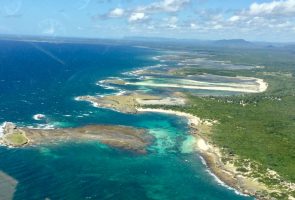
May through October. The rains end in April, and the country is lush and green—with mild temperatures, dry weather, and good wildlife viewing—until early August. The wildlife viewing improves as the country becomes dryer and hotter in September and October—but that is peak season, so the parks are more crowded.
October and November are whale shark season—the best time to see the marine wildlife off the island’s east coast—and also lemur birthing season, when the baby lemurs can be seen clinging to their mothers.
Worst Time to Go
January through March, when the cyclone season and heavy rains hit and many of the roads and parks are closed.
Biggest Rookie Mistake
Underestimating the distances. Madagascar’s roads rank as some of the world’s worst. You can’t quite imagine the bone-jarring conditions, so be conservative regarding long-distance driving. Although it is technically an island, Madagascar is in fact almost 1,000 miles long. The logistics of getting from place to place can be frustrating, so either focus on a few relatively accessible areas or break open your piggy bank and splurge on private charter flights to the most pristine, remote spots.
Can't-Miss Photo Op

Snapping a photo of the iconic ring-tailed lemur, ideally sitting on a spiny branch of an endemic plant in the Spiny Forests near Ifotaka, will keep your Instagram buzzing for days!
The Souvenirs
Surprisingly, Madagascar has a thriving cashmere industry which exports globally. At Ialy in Nanisana, the cashmere garments are locally made, luxuriously soft, and priced far better than what you’d find elsewhere.
Madagascar vanilla beans are one of the best souvenirs you can get—fragrant, high-quality, and a true taste of the island’s rich culinary heritage. Once home, you can infuse them in sugar for a gourmet touch, make homemade vanilla extract, or add their deep, aromatic flavor to baked goods and desserts. Foreign travelers are allowed to leave the country with a maximum of two kilos of vanilla beans, and they must be vacuum sealed. Some lodges are able to do this for you, as local vanilla farmers generally sell the beans raw and unpackaged.
Word of Warning
You’ll be overpaying for handicrafts unless you bargain hard. As the Malagasy saying goes, “Good bargaining is not used to harm but to strengthen relationships.” If you want to avoid the hassle of prolonged negotiations, visit the established boutiques with high-quality handicrafts and fixed pricing. However, the vibrancy of the local markets and charm of the people make the haggling worth it—and it’s always good to support local artisans. Madagascar’s poverty level is extreme, and every penny helps—so don’t negotiate too hard.
Must-Have Apps
Night Sky: Identify the constellations in the southern sky.
An English-to-Malagasy dictionary, like Google Translate; they have features you can use offline.
Airport Intel
Get your visa online before your trip to avoid queues.
The duty-free boutiques do not accept local currency, so don’t plan on spending your remaining Malagasy Ariary there.
You can’t count on Air Madagascar’s erratic, ever-changing schedule; unless you take a private charter, expect surprises, diversions, and delays along the way. Be flexible, or be stressed.
Don't Forget to Pack

Extra toothbrushes and soap to donate to children and women in the countryside, where shops can be scarce and locals may not have the means to purchase these basic items.
Photos of where you come from and your family and pets; in no time, you’ll have a big crowd of kids around you!
Soccer balls, jacks, and jump ropes are also magic tickets to making quick friends in rural areas. Never pass out sweets or other items directly to children, as it will quickly create a culture of begging; rather, give to people you meet in private settings, or bring supplies to a school or medical clinic.
Insect-repellant wipes. That way you need not douse yourself in unnecessary chemicals or worry about the bottle spilling in your luggage.

